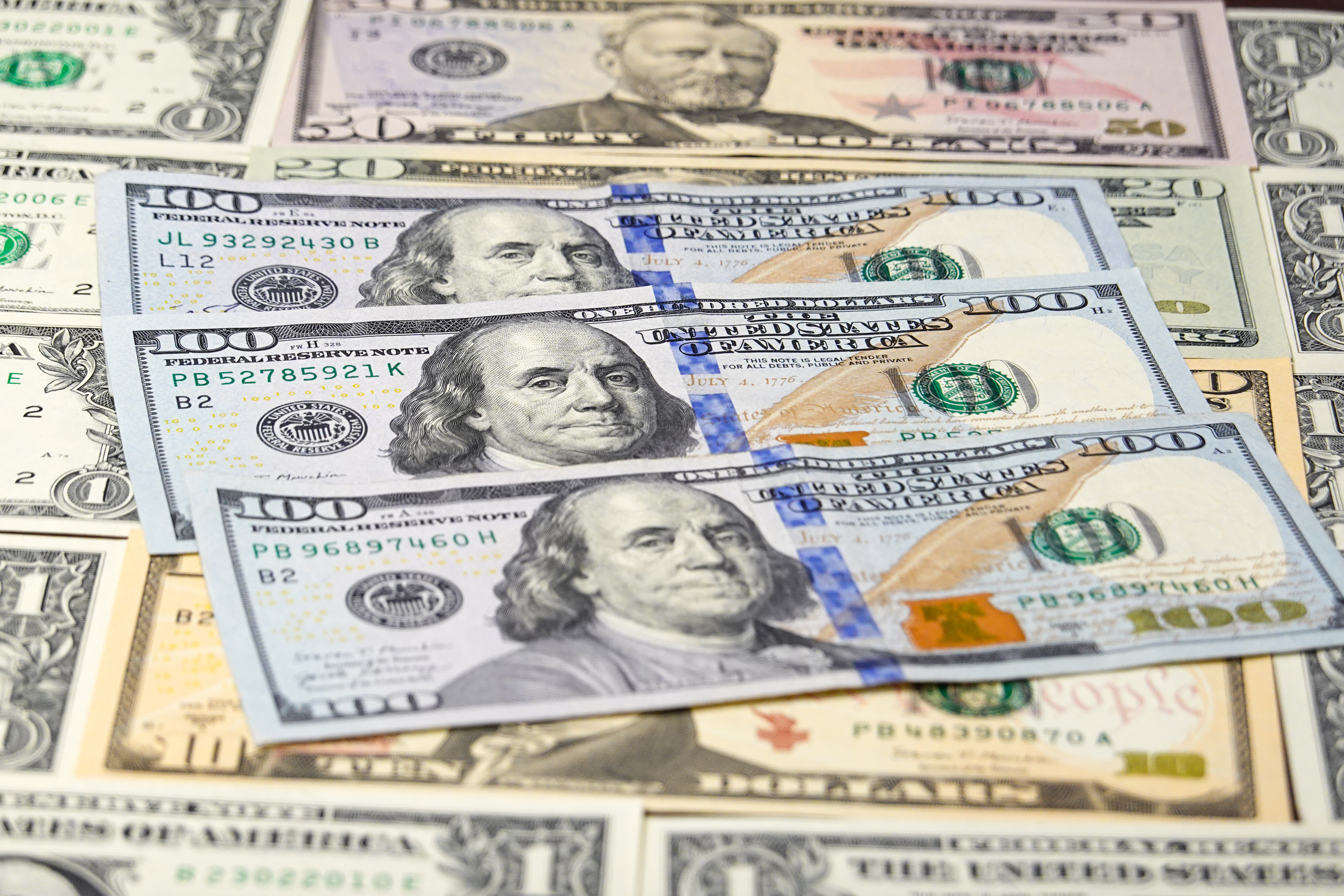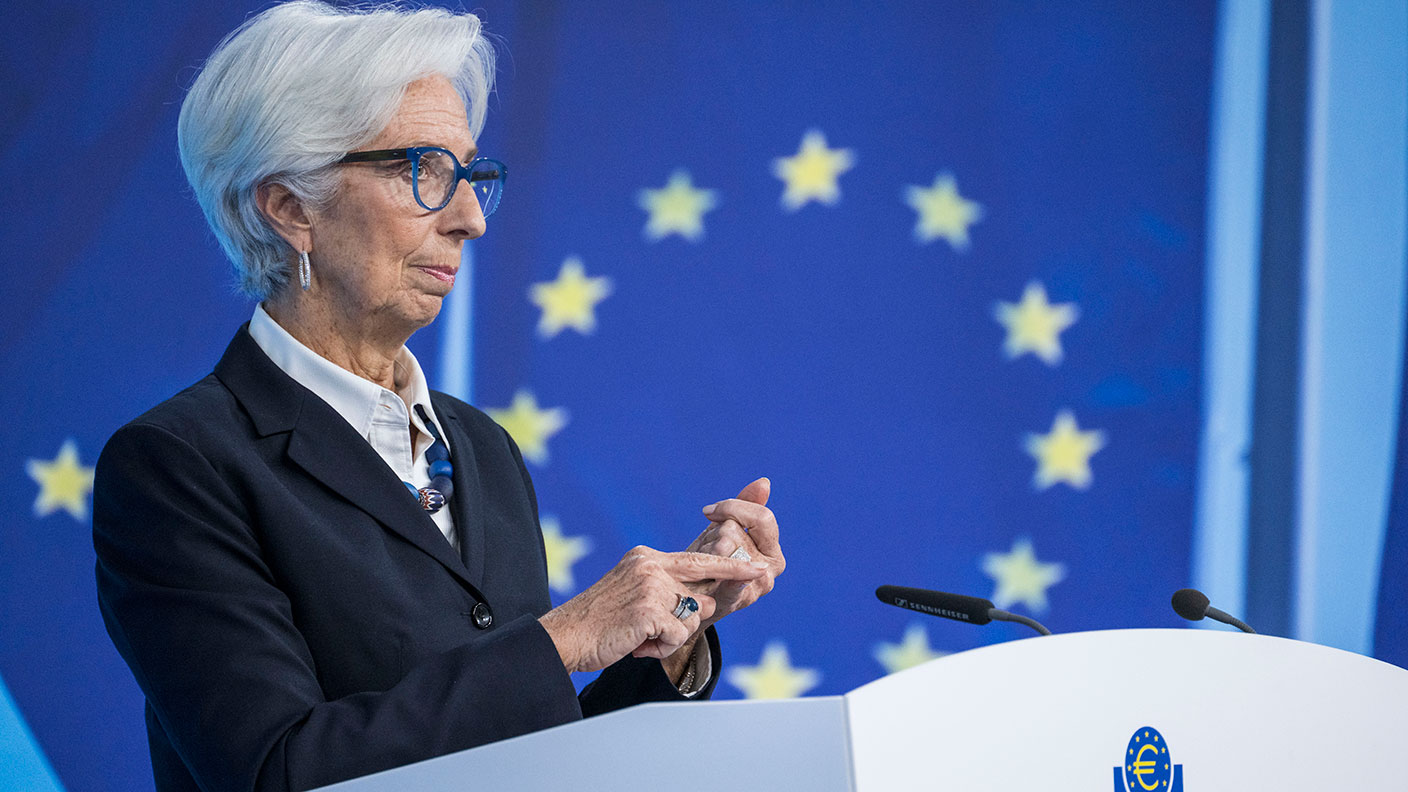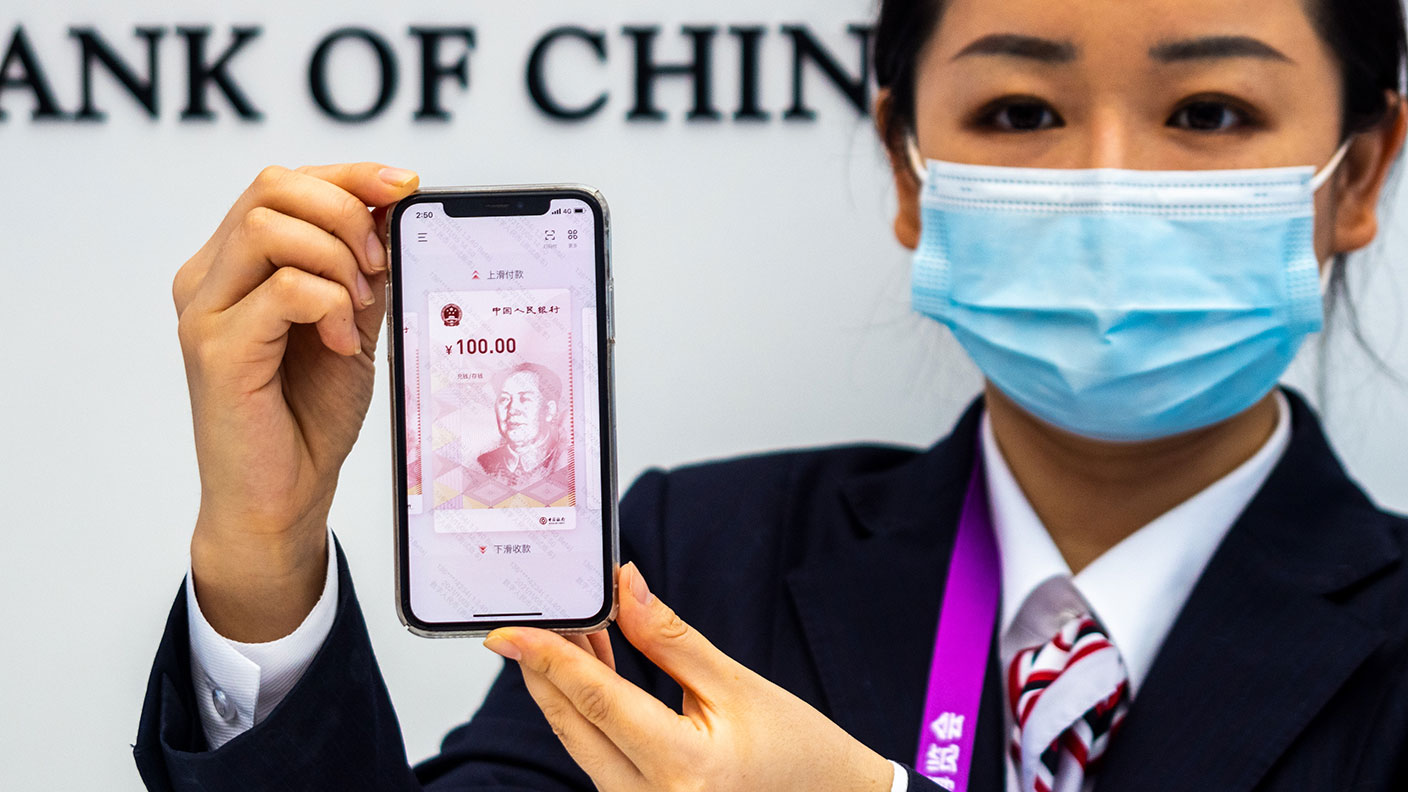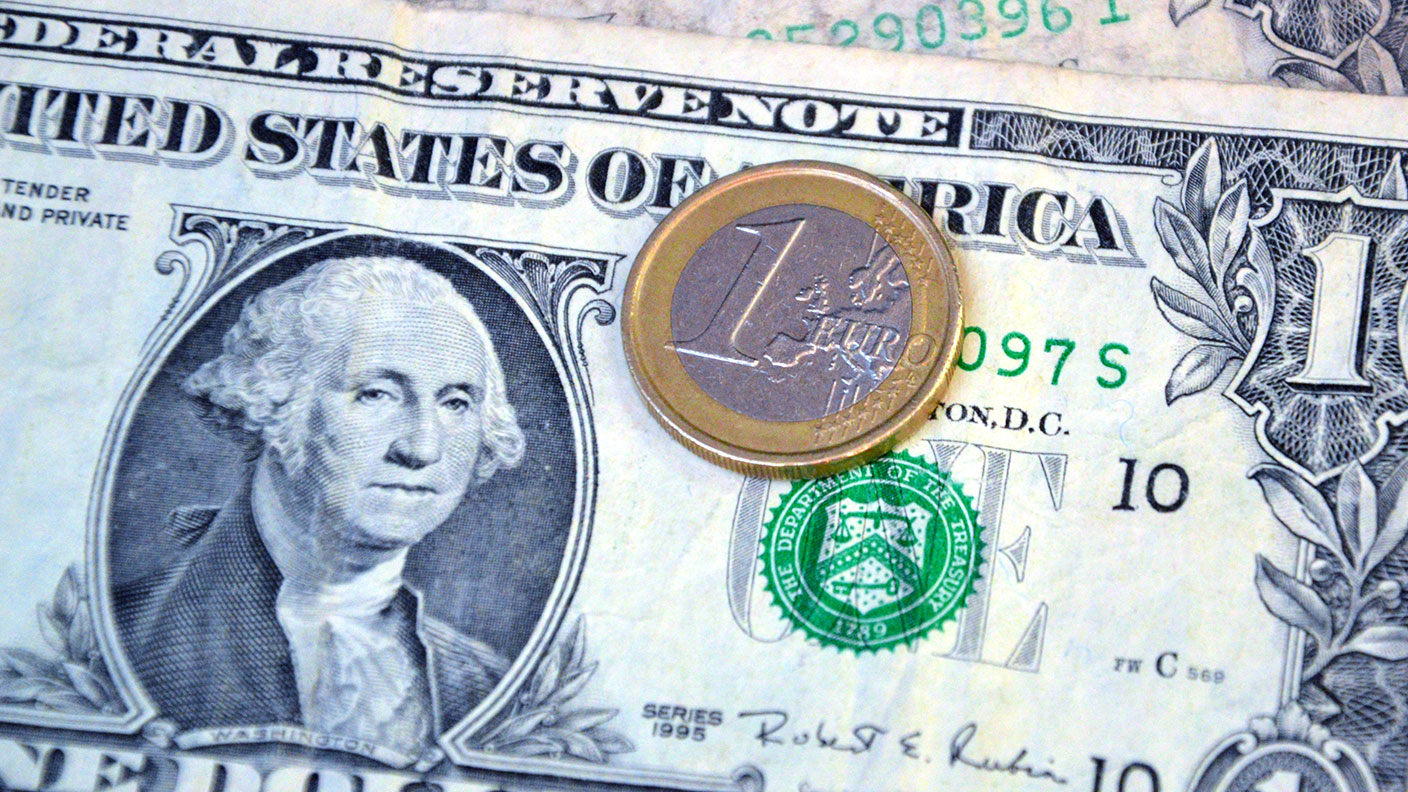The currencies to bet on now
Professional currency trader Fadi Zaher reveals three ways investors can benefit from a stronger dollar in the medium to long term.
Each week, a professional investor tells MoneyWeek where he'd put his money now. This week:Fadi Zaher, head of bonds and currencies, Kleinwort Benson.
Extremely low volatility in the currency markets has revived investors' appetite for borrowing in currencies with low interest rates (such as the Swiss franc) and investing in ones with higher interest rates (the Australian dollar, for example). This is known as the carry trade'.
In 2007, investors' confidence in the carry trade was also high. But back then, many were caught off guard when the carry trade began to unwind, due to rising risk aversion in the financial markets. Should this happen again, the US dollar is expected to strengthen against most currencies.
MoneyWeek
Subscribe to MoneyWeek today and get your first six magazine issues absolutely FREE

Sign up to Money Morning
Don't miss the latest investment and personal finances news, market analysis, plus money-saving tips with our free twice-daily newsletter
Don't miss the latest investment and personal finances news, market analysis, plus money-saving tips with our free twice-daily newsletter
Meanwhile, the US central bank, the Federal Reserve, is set to keep reducing its monthly bond purchases in the third quarter of 2014 (subject to the strength of the American recovery). If this continues, the market is likely to start focusing on the potential for rising rates in America. This is another factor in favour of a stronger dollar.
As for the pound, British tourists have been enjoying the prospect of cheaper holidays abroad due to the rising value of sterling this year, owing to markets pricing in a rise in interest rates before the end of 2014. These expectations have pushed sterling above $1.70 to the US dollar.
But now that a rise in rates is largely priced in, the value of sterling against the dollar could be overstretched. So, in the next few months, we expect sterling to stay within a range of $1.65 to $1.75.
In the longer run, we expect the US dollar to strengthen against sterling we see it as currently being undervalued against the pound by about 15%.
The euro has remained resilient due to strong demand for the currency at least up until the European Central Bank (ECB) embarked on its new monetary stimulus programme in early June.
The bank's latest decision to battle low inflation levels in the eurozone pushed the single currency down from around $1.39 to the US dollar, to $1.36, and from £0.81 to the pound, to £0.80.
Although the risks of the eurozone debt crisis seem to have been extinguished, outstanding issues could resurface in the second half of the year, as the panic last week over Portuguese bank Espirito Santo shows.
For one thing, there are doubts that the ECB's latest monetary measures will be sufficient to tackle deflation, and for another, the European banking stress tests in the autumn this year could dent investor confidence.
As a result, we remain cautious about the euro, due to headline risks. Over the next few months the euro could fall to as low as $1.30 versus the US dollar.
Over in Asia the Japanese yen has range traded between 100 and 105 per US dollar and is likely to remain around these levels in the near term as the Bank of Japan (BoJ) continues to boost the amount of yen in circulation in the economy by buying bonds.
The BoJ has increased the amount of yen in circulation by 50% of the size of the Japanese economy since April 2013. That compares to 25% of GDP for the Federal Reserve and 24% for the Bank of England. However, should the BoJ slow down its monetary expansion, the yen could strengthen to 95 per US dollar.
Playing the currency markets can be tricky, but there are at least three investment channels through which investors can benefit from a stronger dollar in the medium to longer term.
First, exchanging a portion of sterling, euro or yen cash into US dollars.
Second, investing in an exchange-traded fund that tracks a currency pair, such as US dollar versus sterling, or a basket of major currencies versus the US dollar.
Third, investing in US dollar assets, such as bonds or equities just remember that this strategy involves taking on asset-specific risks, rather than currency exposure alone.
Get the latest financial news, insights and expert analysis from our award-winning MoneyWeek team, to help you understand what really matters when it comes to your finances.
Fadi Zaher is head of bonds and currencies at Kleinwort Benson.
-
 How cancelling unused direct debits could boost your pension by £37,000
How cancelling unused direct debits could boost your pension by £37,000A new year refresh of your spending could save you money and help boost your pension pot.
-
 NS&I cuts interest rates on 8 savings accounts
NS&I cuts interest rates on 8 savings accountsNS&I will now offer less attractive interest rates for customers wishing to lock their savings away to grow for one, two, three or five years.
-
 The challenge with currency hedging
The challenge with currency hedgingA weaker dollar will make currency hedges more appealing, but volatile rates may complicate the results
-
 It's time to back the yen, says Dominic Frisby
It's time to back the yen, says Dominic FrisbyThe Japanese yen has been weak for a long time, says Dominic Frisby. That may soon change.
-
 Investors dash into the US dollar
Investors dash into the US dollarNews The value of the US dollar has soared as investors pile in. The euro has hit parity, while the Japanese yen and the Swedish krona have fared even worse.
-
 Why a strong dollar hurts – and what you can do about it
Why a strong dollar hurts – and what you can do about itAnalysis The US dollar is at its strongest level in 20 years. That’s bad news for most investment assets, says John Stepek – here’s why
-
 Could a stronger euro bring relief to global markets?
Could a stronger euro bring relief to global markets?Analysis The European Central Bank is set to end its negative interest rate policy. That should bring some relief to markets, says John Stepek. Here’s why.
-
 HubSpot: a tech stock set to tumble
HubSpot: a tech stock set to tumbleTips US tech stocks have had a fantastic couple of years. But this year is unlikely to be so bullish for high-fliers that can’t turn big profits.
-
 What does the future hold for central bank digital currencies?
What does the future hold for central bank digital currencies?Briefings Many of the world's central banks – including the Bank of England – have expressed an interest in creating their own digital currencies. Shivani Khandekar looks at the state of play in central bank digital currencies.
-
 A weakening US dollar is good news for markets – but will it continue?
A weakening US dollar is good news for markets – but will it continue?Opinion The US dollar – the most important currency in the world – is on the slide. And that's good news for the stockmarket rally. John Stepek looks at what could derail things.